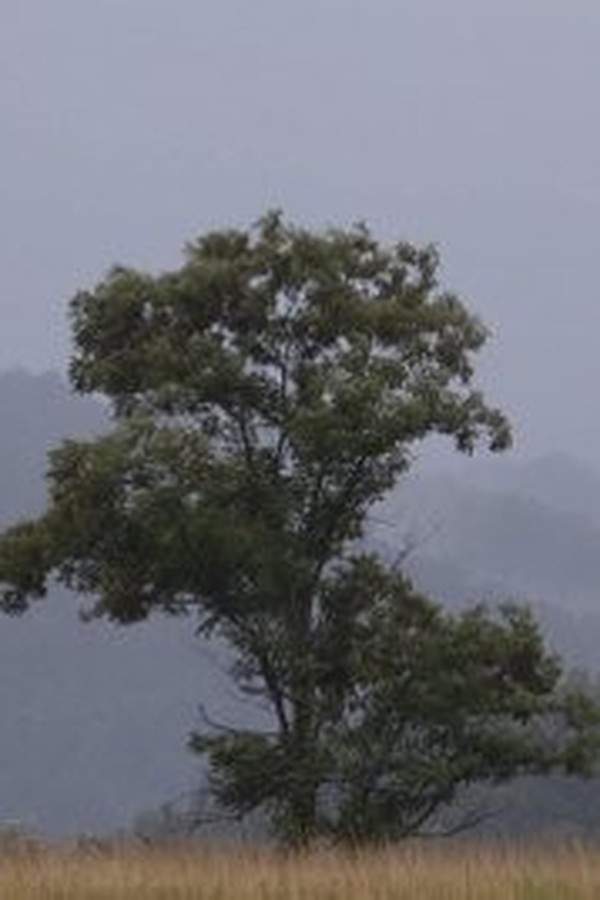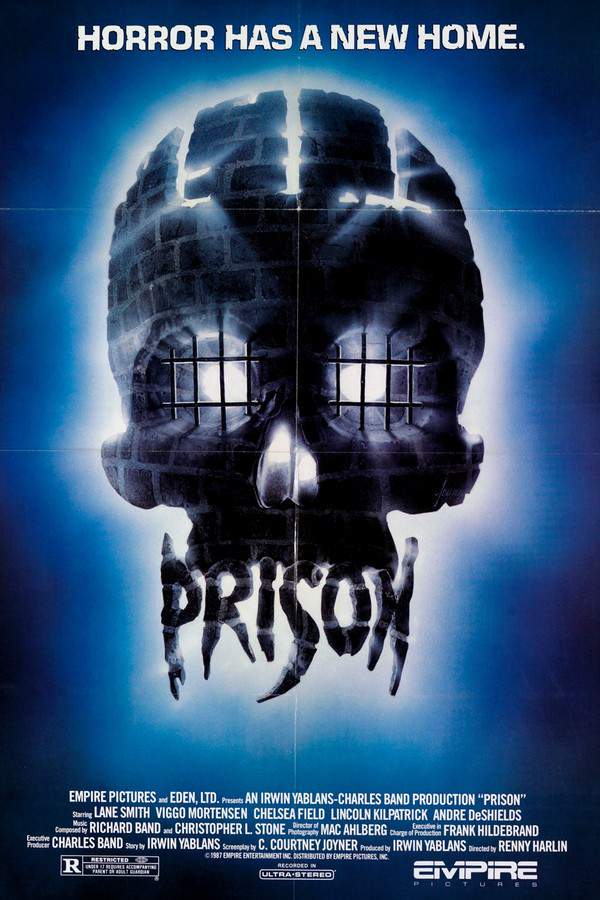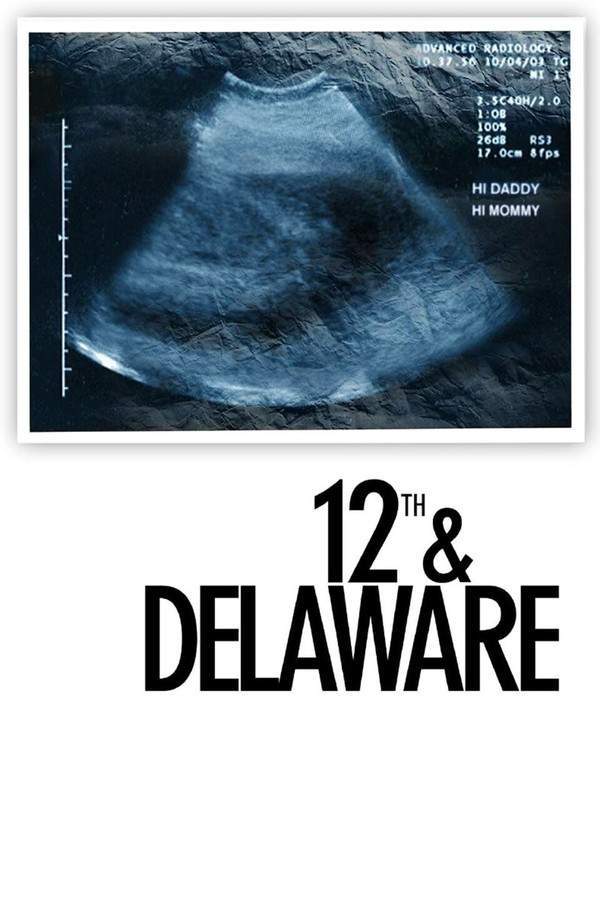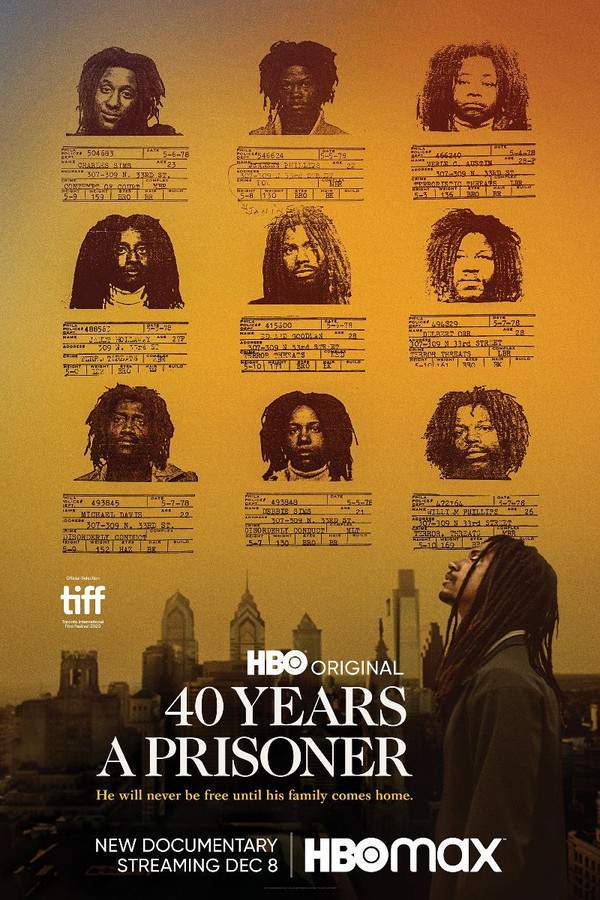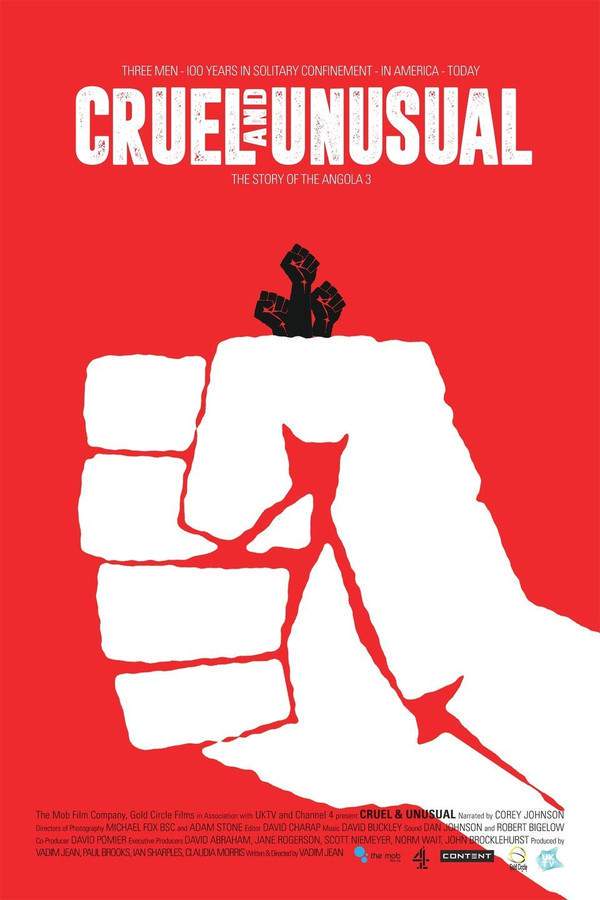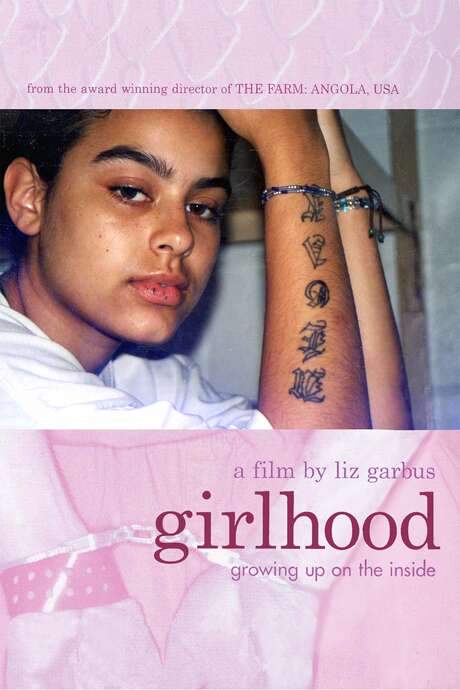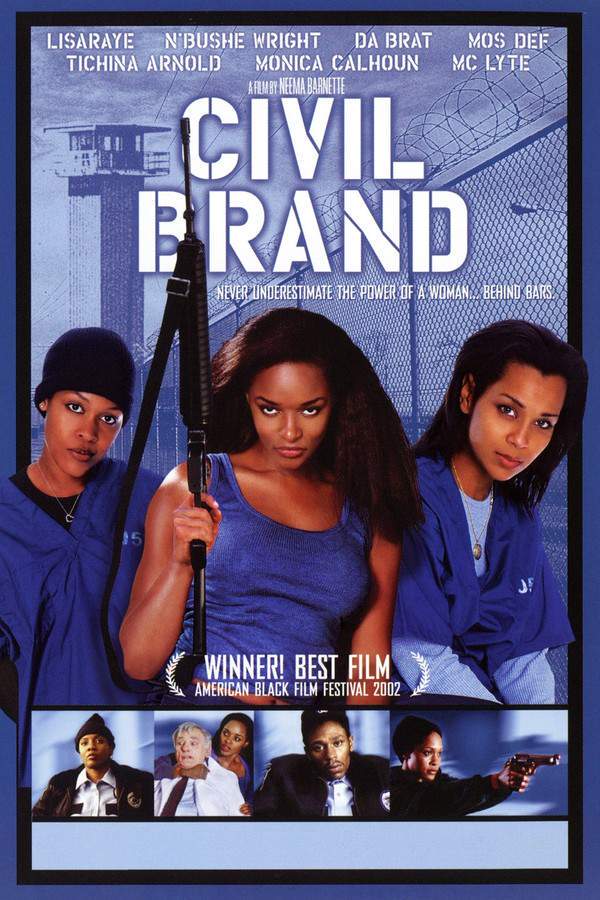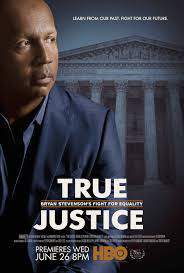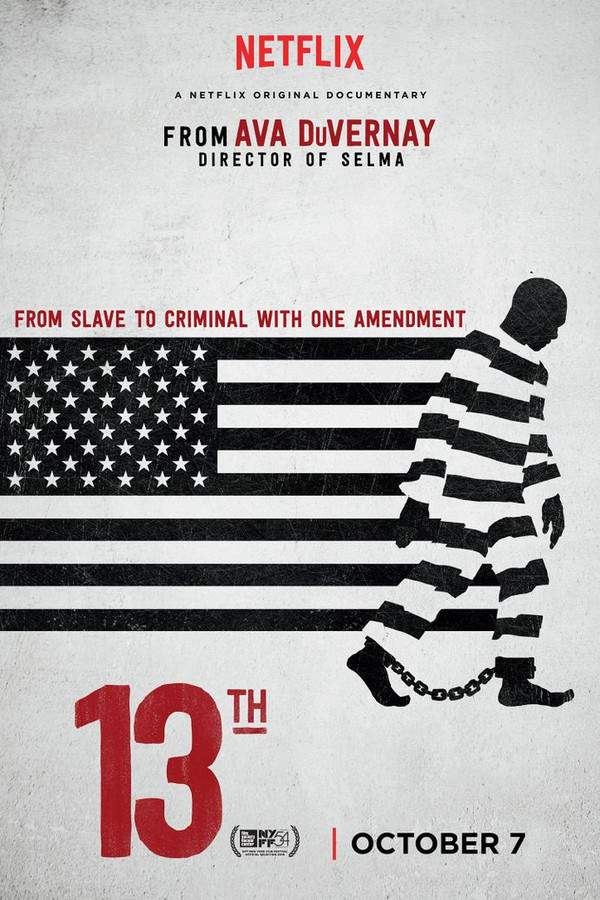
13th
Year: 2016
Runtime: 100 min
Language: English
Director: Ava DuVernay
Ava DuVernay’s powerful documentary explores the history of racial inequality in the American justice system. Focusing on the 13th Amendment and its loophole allowing for involuntary servitude, the film examines how this legal framework has contributed to the mass incarceration of African Americans. Through historical footage and interviews, it reveals the evolution of this system and its impact on communities, exposing its complex relationship with race, politics, and profit.
Warning: spoilers below!
Haven’t seen 13th yet? This summary contains major spoilers. Bookmark the page, watch the movie, and come back for the full breakdown. If you're ready, scroll on and relive the story!
13th (2016) – Full Plot Summary & Ending Explained
Read the complete plot breakdown of 13th (2016), including all key story events, major twists, and the ending explained in detail. Discover what really happened—and what it all means.
The 13th Amendment to the U.S. Constitution, while celebrated for abolishing slavery, harbors an often-overlooked provision that this powerful documentary exposes. The clause states, “Neither slavery nor involuntary servitude, except as a punishment for crime whereof the party shall have been duly convicted, shall exist.” This loophole effectively legitimizes forced labor, provided that the individual is a convict. Director Ava DuVernay constructs a compelling argument, illustrating how this exception has perpetuated the subjugation of people of color in America.
Ratified in 1865, the documentary employs a blend of historical archives and insightful interviews to reinforce its thesis. It features impactful clips from former President Richard Nixon, whose infamous call for “Law & Order” inadvertently led to a dramatic rise in incarceration rates. Astonishingly, the United States houses 25% of the world’s prisoners, despite possessing only 5% of the global population. This policy, as noted by John Ehrlichman, who served as Assistant to Nixon for Domestic Affairs, reveals a chilling acknowledgment of deception: “Did we know we were lying? Of course we did.”
Delving deeper, the documentary asserts that the systemic issues visible today—such as drug busts, Jim Crow laws, and segregation—are merely modern manifestations of a long-standing effort to dominate Black America. The contemporary Prison/Industrial Complex emerges as a new iteration of the same entrenched problems. DuVernay passionately contends that mere adjustments to the system will not suffice; rather, it necessitates fundamental reconstruction to eradicate these persistent inequities.
Last Updated: November 04, 2024 at 04:47
Unlock the Full Story of 13th
Don't stop at just watching — explore 13th in full detail. From the complete plot summary and scene-by-scene timeline to character breakdowns, thematic analysis, and a deep dive into the ending — every page helps you truly understand what 13th is all about. Plus, discover what's next after the movie.
13th Timeline
Track the full timeline of 13th with every major event arranged chronologically. Perfect for decoding non-linear storytelling, flashbacks, or parallel narratives with a clear scene-by-scene breakdown.

Characters, Settings & Themes in 13th
Discover the characters, locations, and core themes that shape 13th. Get insights into symbolic elements, setting significance, and deeper narrative meaning — ideal for thematic analysis and movie breakdowns.

Similar Movies to 13th
Discover movies like 13th that share similar genres, themes, and storytelling elements. Whether you’re drawn to the atmosphere, character arcs, or plot structure, these curated recommendations will help you explore more films you’ll love.
Explore More About Movie 13th
13th (2016) Scene-by-Scene Movie Timeline
13th (2016) Movie Characters, Themes & Settings
13th (2016) Spoiler-Free Summary & Key Flow
Movies Like 13th – Similar Titles You’ll Enjoy
The Prison in Twelve Landscapes (2016) Spoiler-Packed Plot Recap
12 Years a Slave (2013) Plot Summary & Ending Explained
All In: The Fight for Democracy (2020) Film Overview & Timeline
In Prison My Whole Life (2008) Movie Recap & Themes
The Prison Within (2020) Spoiler-Packed Plot Recap
Prison (1988) Film Overview & Timeline
12th & Delaware (2010) Full Movie Breakdown
40 Years a Prisoner (2020) Complete Plot Breakdown
Cruel and Unusual (2017) Full Summary & Key Details
Girlhood (2003) Spoiler-Packed Plot Recap
Civil Brand (2003) Spoiler-Packed Plot Recap
Since I Been Down (2020) Film Overview & Timeline
The Farm: Angola, USA (1998) Story Summary & Characters
12 Angry Men (1997) Film Overview & Timeline
True Justice: Bryan Stevenson's Fight for Equality (2019) Plot Summary & Ending Explained



